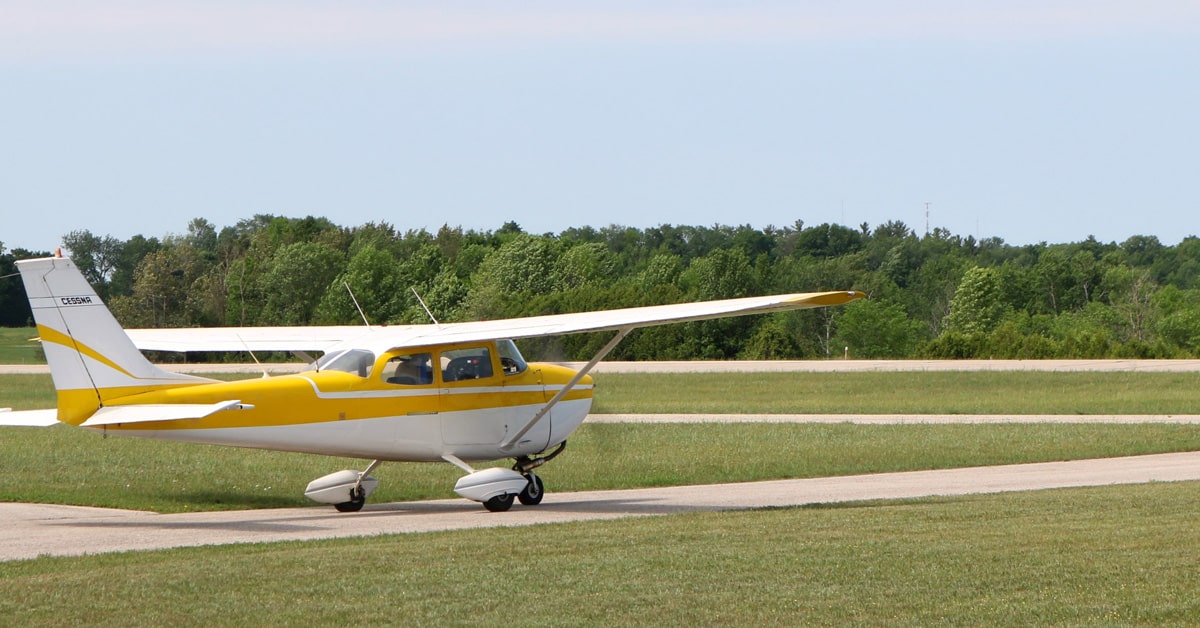There’s a lot of weather information available to pilots, most of which we’ve already talked about. Here’s what Bob Gardner recommends you do with all of it in his textbook The Complete Private Pilot. And we recommend you bookmark these links!
Self-brief first, to get the big picture before calling or logging onto the briefing site. Your first choice when looking for weather reports and forecasts should be the Aviation Weather Center webpage. It has recently been revised and improved. The next best is http://digital.weather.gov. It is loaded with information but in a different format than the ADDS page. In some cases that ADDS page will refer you to this site.
| URL | Name |
| aviationweather.gov/adds | Aviation Weather Center Page |
| digital.weather.gov | NWS Graphical Forecasts page |
| www.aviationweather.gov | ASOS Information |
| www.accuweather.com | AccuWeather Website |
| www.weather.unisys.com | Unisys Weather |
| www.wunderground.com | Weather Underground |
| www.spc.noaa.gov | Storm Prediction Center |
| www.weathermeister.com | general weather information |
| www.youtube.com/avwxworkshops | Videos on weather subjects |
| www.lightningmaps.org | Lightning = thunderstorm |
To learn how to interpret the reports and forecasts, refer to Aviation Weather Services, FAA Advisory Circular 00-45 (or, “AWS”). Ideally, you should have a copy of the AWS in your library, but it is available for reading and download at the FAA website (www.faa.gov). The advantage of the online publication over the book is that the online version includes changes and updates; the disadvantages are that it is a huge file and it is not searchable. Still, it is the only place where you can find explanations for all of the online weather charts and graphics—and a list of abbreviations used in text products.
[Update: In December 2022, the FAA published the Aviation Weather Handbook (FAA-H-8083-28) which replaced Advisory Circulars 00-6 and 00-45.]
Too many accident reports include the words “There was no record of a weather briefing.” You definitely want to get a weather briefing, and you definitely want that briefing on record. The way to do this is to use a government-sponsored site such as DUATS (1-800-767-9989) or the Automated Flight Service Station system. Go to www.1800wxbrief.com and register. You will not only be able to get a briefing and file your flight plan, but if you have a smartphone you will be able to use EasyActivate and EasyClose: about 30 minutes before your ETD you will get a text message with a link to open the flight plan, and about 30 minutes before your ETA you will get a text with a link to close the flight plan. In either case, just tap the link to open/close your flight plan. This does not work with other providers. The Lockheed-Martin website www.1800wxbrief.com has a weather tab with a treasure trove of weather data. There is some duplication with the ADDS page, but there are also sites not covered by ADDS. You do not have to be registered in order to access the weather pages.
Of course, if you want to talk to a human being, 1-800-WXBRIEF will do the trick. Three types of briefings are available: standard, abbreviated, and outlook. If you have not collected any weather information before calling the FSS, ask for the standard briefing—then you can be sure that nothing will be left out. Ask for an abbreviated briefing if you want to update an earlier standard briefing or add to information you have already received from other sources. In this situation, tell the briefer where you got the original information so that he or she can fill in any gaps. It is possible to get an in-flight briefing, but doing so ties up the radio frequency and is not good manners.
Request an outlook briefing when your proposed departure time will be more than six hours after the briefing, then back it up with a standard briefing closer to takeoff time.
You can listen to the Hazardous Inflight Weather Advisory Service (HIWAS) on selected radio navigational aids (VORs and NDBs) for weather updates. Check your sectional chart, paper or digital, and the Chart Supplements U.S. to identify navaids that broadcast weather information—a blue circle with a reversed “H” in the upper corner for HIWAS. If you have a radio in your airplane you will always have access to up-to-date weather information from Flight Service and should not rely solely on a pre-takeoff briefing; weather changes.




